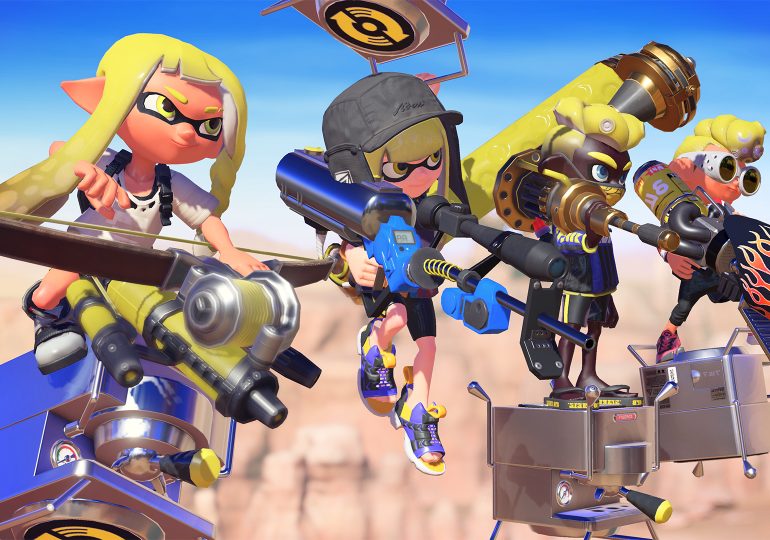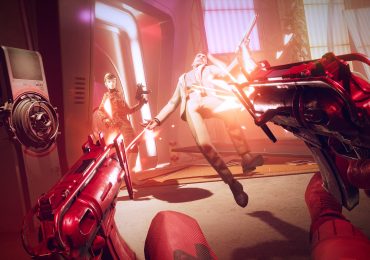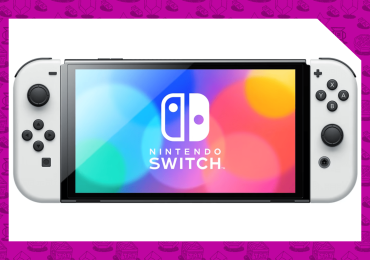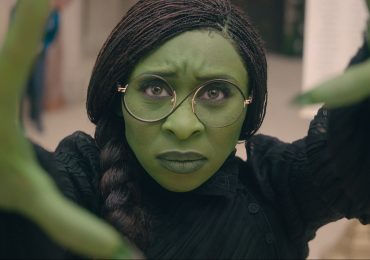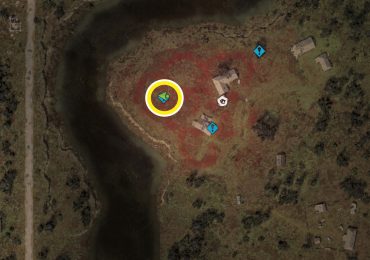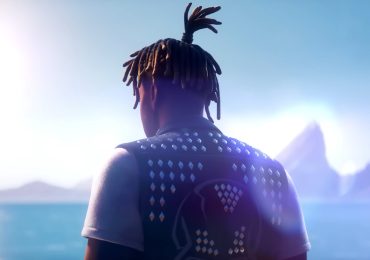The Switch 2 is almost here, and yet nearly everything about it still remains a mystery. In May 2024, Nintendo finally confirmed the existence of the Switch successor, and assured fans that it will make an formal announcement of it within the fiscal year, or in other words sometime before early 2025. That’s a wide window of time, for sure. It leaves a feeling that an announcement could drop at any moment.
I originally wrote this explainer in early 2024 to help answer a question that a lot of people were asking online, which was whether they should get a Switch or wait for the upgraded hardware. Months ago, it was much easier to draw a line in the sand. I suggested that, if you hadn’t played Nintendo’s large, banger-filled catalog of first-party Switch games, playing those should be your main priority. I was reluctant to suggest waiting for a Switch 2, in part, because it doesn’t make sense to withhold so much pure joy from oneself.
We’re closer than ever to the long-awaited unveiling on the Switch 2, and it makes sense if Nintendo’s confirmation of the new Switch successor has cooled your enthusiasm for buying 7-year-old hardware. But until (and perhaps even after) the official debut happens, the answers below should still be able to help folks who are rapt with indecision. We will, of course, update this post once the Switch 2 is announced and concrete info is available to help make sense of its similarities (fingers crossed for backwards compatibility and microSD card support) and advantages over the regular Switch.
So, should you buy the Switch or wait for the Switch 2? Let’s explore a few scenarios below.
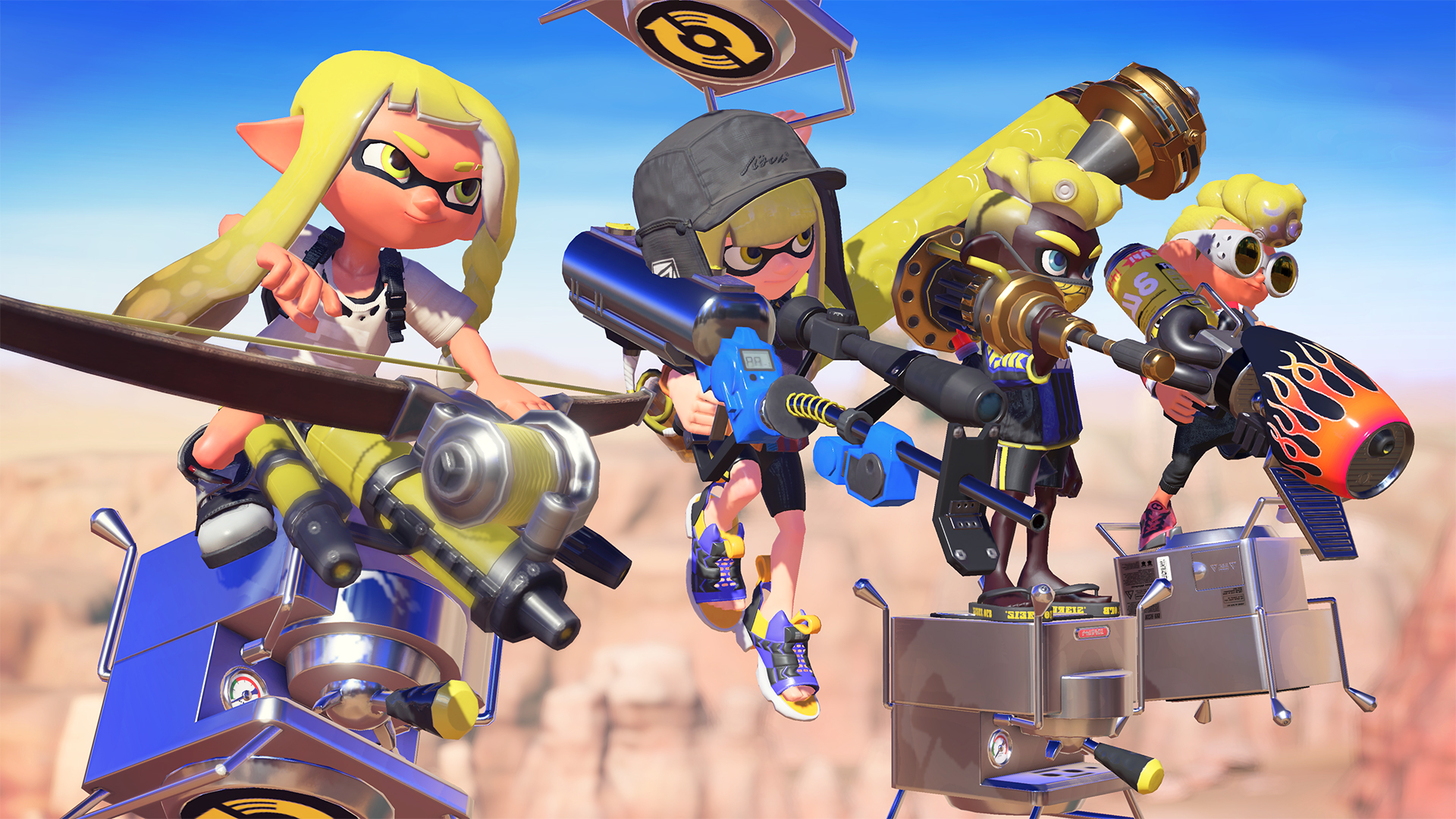
Image: Nintendo
Have you played any of the Switch’s game library?
If not, just go buy the dang console right now. We only have so much time on this precious planet, so don’t wait any longer to get caught up on the past seven years of incredible games. We’re at the whim of Nintendo to launch its next console (it’s really taking its time), but you can take control and play through or gift some amazing games while you wait.
Do you need to have the latest and greatest technology?
If you answered “yes,” there’s a large part of me that understands this feeling. It would suck to buy a Switch now, only to have Nintendo debut the hot new model in the coming months. Thankfully, the regular Switch is still a totally fine way to experience games. With a few exceptions, most Nintendo-published games run wonderfully on the console, so try not to let FOMO get in your way if you just want to play the games. In case it helps you make a decision, Nintendo often releases tentpole games for its newer console on the previous console, and that trend may continue with the next generation of its hardware.
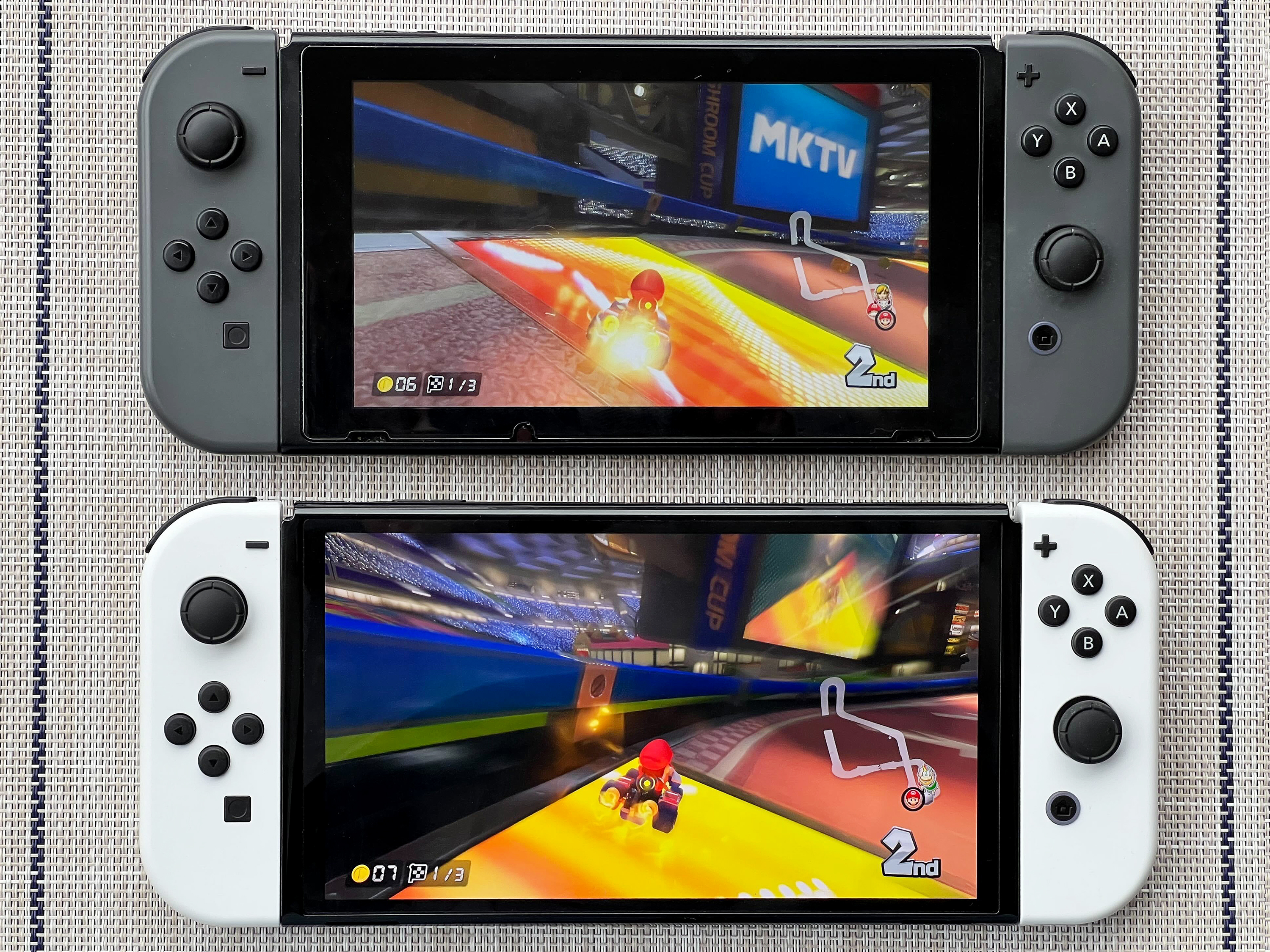
Are you looking for amazing performance in a handheld?
Then you probably already know that the Switch won’t satisfy your craving for high-resolution graphics (not that the Steam Deck OLED and its contemporaries are perfect in this category, either). I won’t defend the Switch too much; its graphics chops felt outdated when the console launched in 2017.
Even so, its best games have stellar art that more than makes up for the lack of power, and the Switch model that can help you get the most visual splendor out of stylized games like Splatoon 3, The Legend of Zelda: Tears of the Kingdom, and many more is the $349.99 Switch OLED. It has most of the same components as the other models but with a larger OLED screen. The OLED itself has the same 720p resolution as the LCD screen in both the $299.99 Switch and $199.99 Switch Lite, but everything looks better, from contrast to brightness and picture quality.
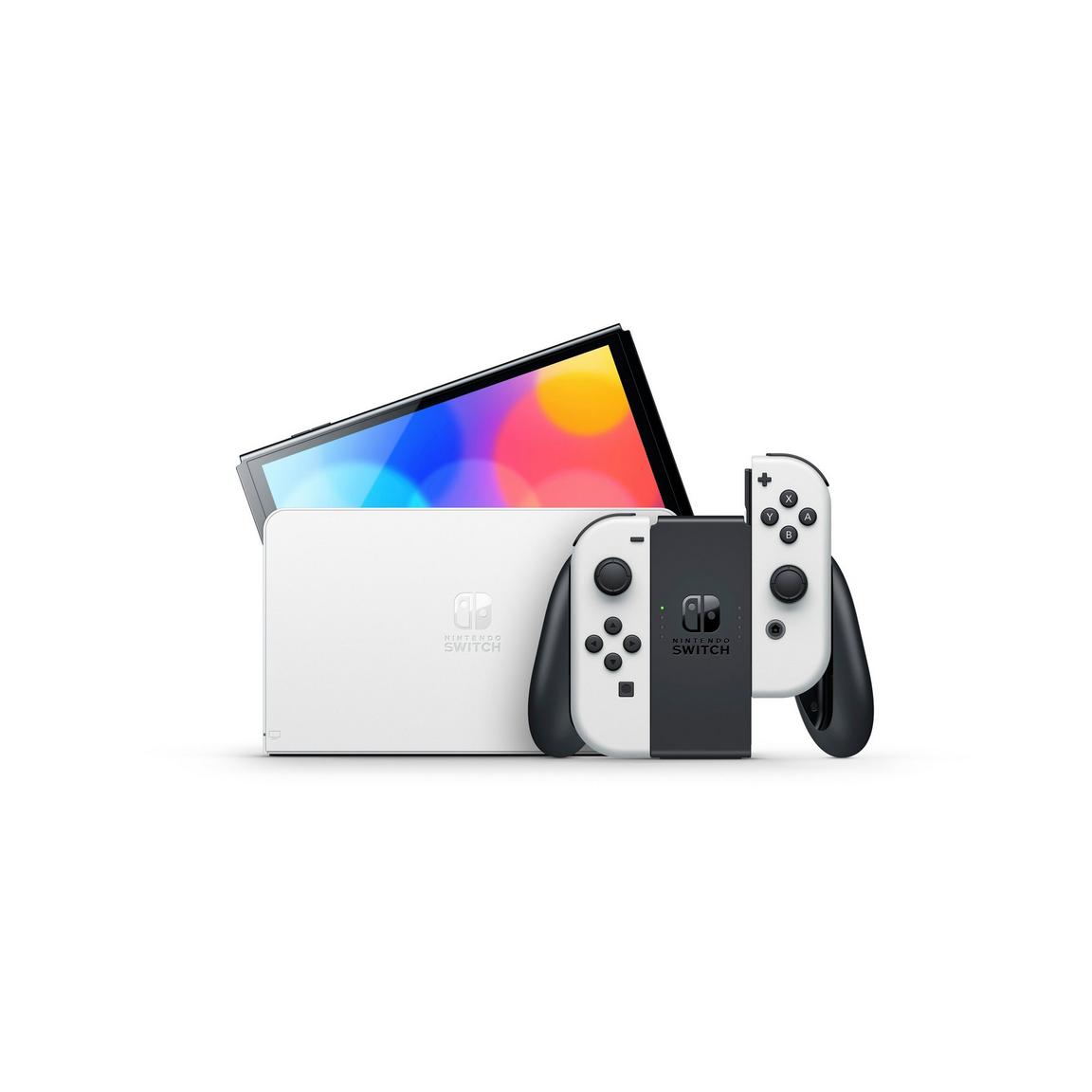
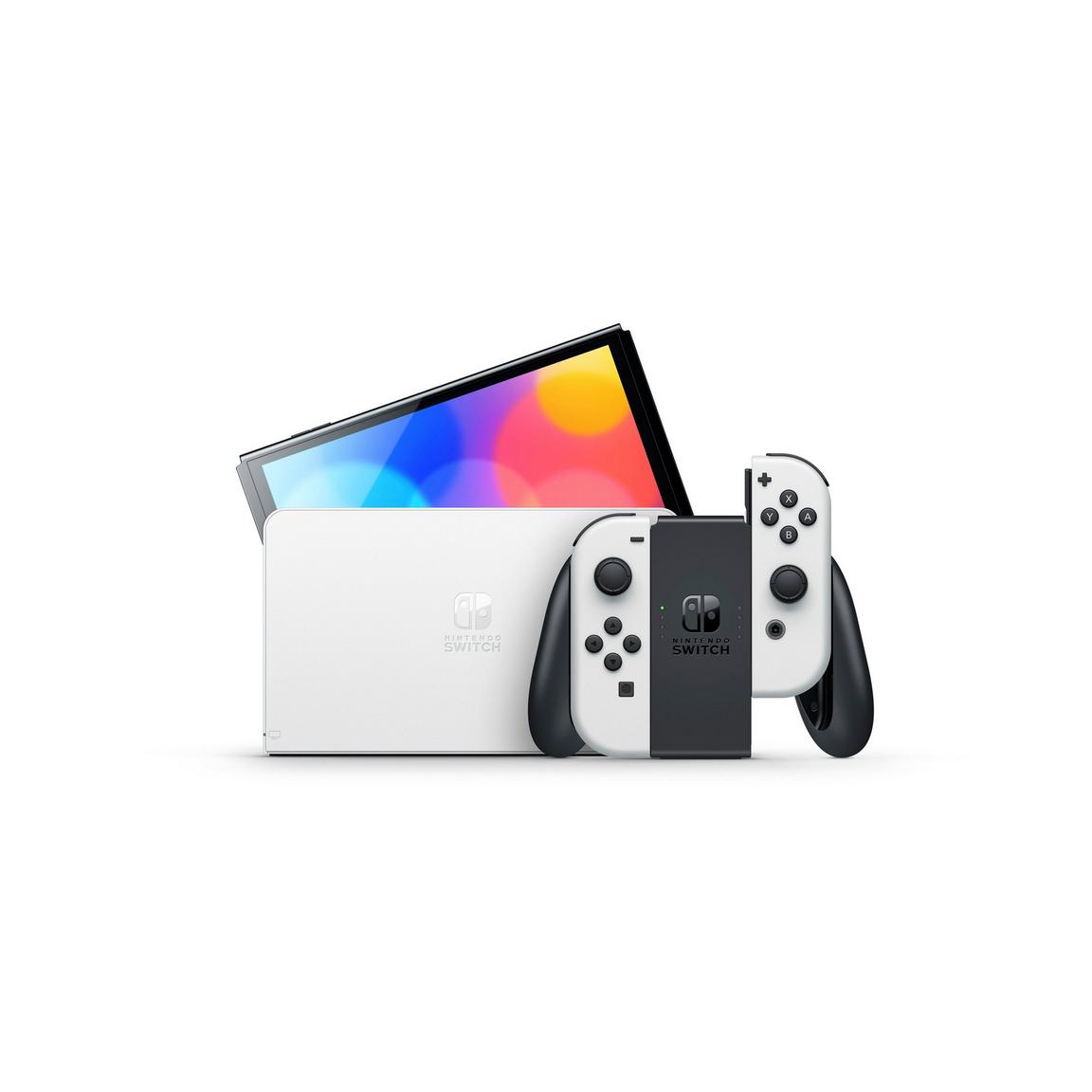
$349
The Nintendo Switch OLED upgrades the handheld console with better audio, a 7-inch OLED display, and an improved kickstand.
Are you worried about Nintendo backward compatibility?
It’s unclear whether the Switch’s successor will work with all preexisting Switch games, since Nintendo hasn’t shared a peep about the rumored console. Obviously, we hope that full compatibility with Switch games will persist, due in part to the console’s massive success. It just makes sense that Nintendo would lean on the Switch’s incredible existing library to enhance the value of the new console, as well as new players who want a seemingly endless supply of games to play.
As for accessing older titles, it’s possible that Nintendo will continue to offer a subscription that offers SNES, Game Boy, and other titles for a monthly cost. For more substantial remasters released on Switch, such as Mario vs. Donkey Kong and Metroid Prime Remastered, hopefully they’ll continue to be available on the eShop for the Switch 2.
In terms of Switch accessories, I’d imagine many of those (except those that fit based on the current Switch’s physical dimensions) should work with the newer model as well. Things that plug into the console via USB-C or into its dock with USB-A, I imagine, would work just fine with a future device.
There are some edge-case instances where it makes sense to hold off on buying a Switch. For instance, if you’ve already been waiting years for the Switch 2 so you can experience the Switch’s greatest hits with higher-fidelity graphics, you might as well keep waiting.
Then, there’s the crowd who is fed up with buying new Joy-Con controllers, some of which are prone to developing “Joy-Con drift,” a busted state where the analog sticks will drift in a direction without any input. I understand your frustration, and I too hope that this isn’t an issue moving forward, should Nintendo choose to iterate on the Joy-Con instead of replacing it entirely. Plus, what if the company surprises us all with an early 2024 launch?
If you’ve arrived at the end of this article feeling confident that you should just buy the regular Switch, Switch Lite, or Switch OLED that are out now, I fully support this decision. Even if it may technically be outdated the moment Nintendo debuts the next Switch, it’s still capable of playing some unforgettable games that you can’t experience on any other console.
